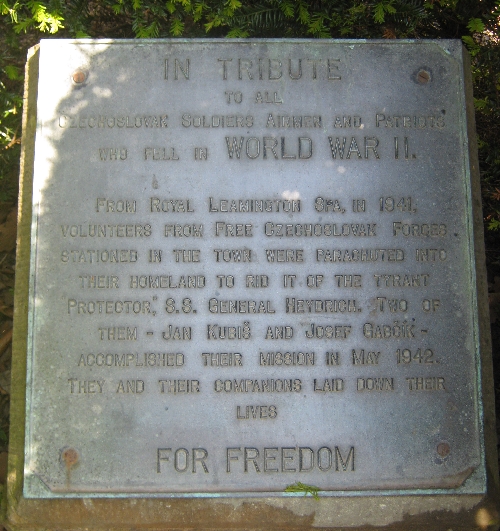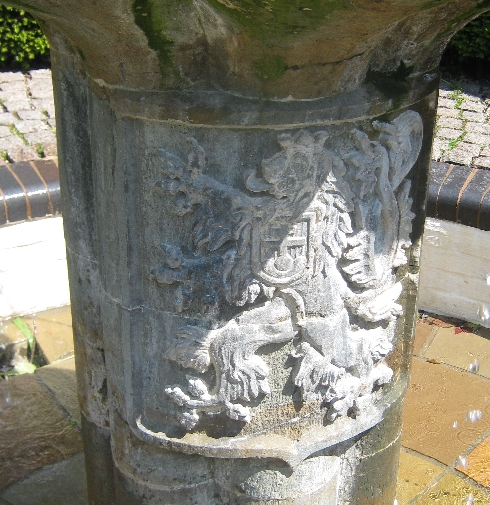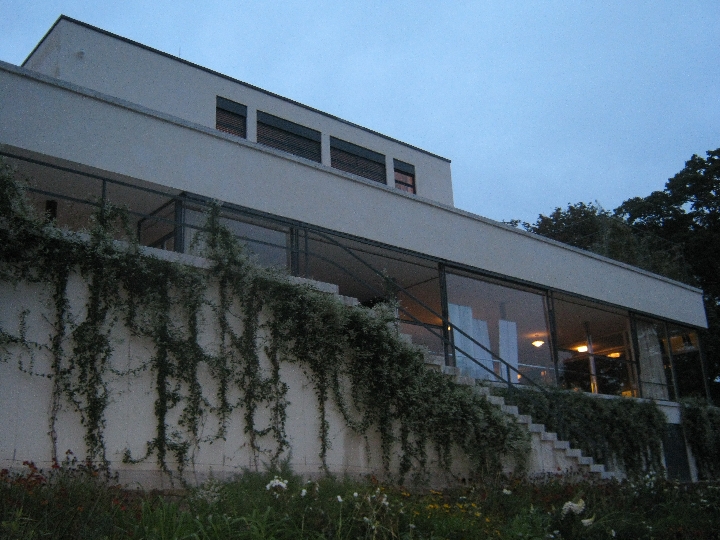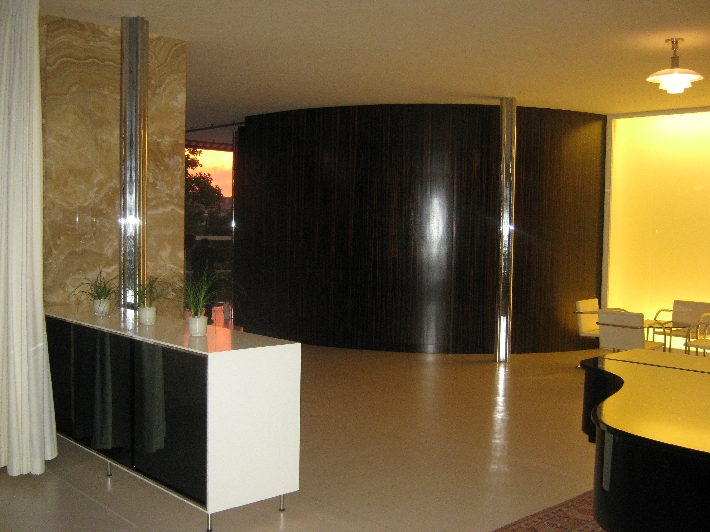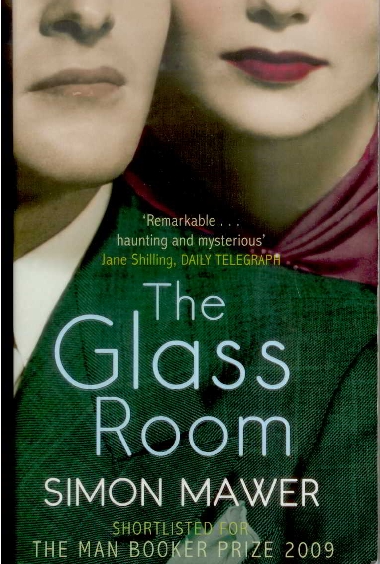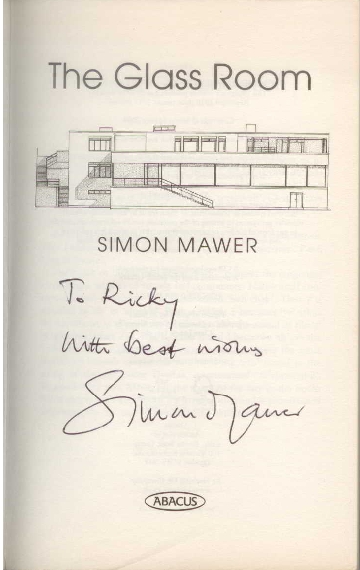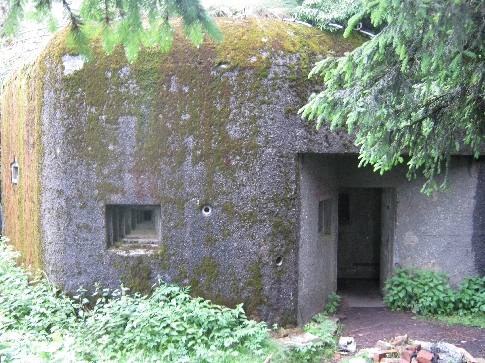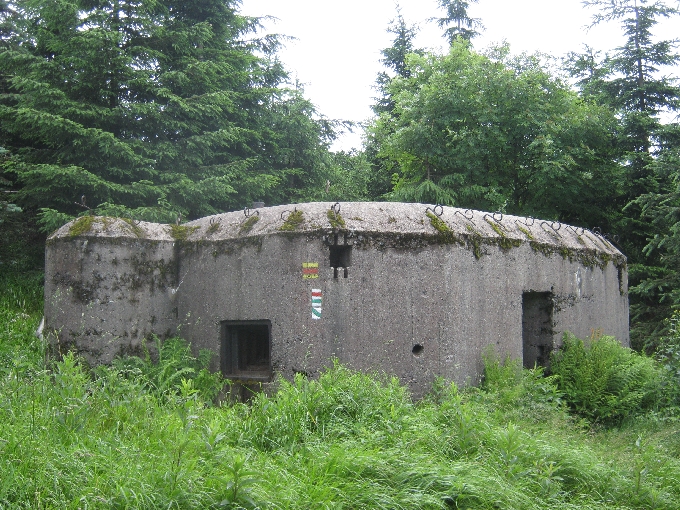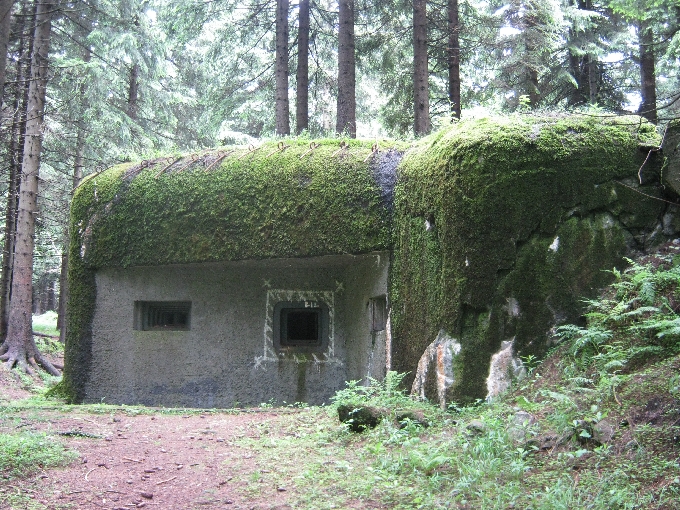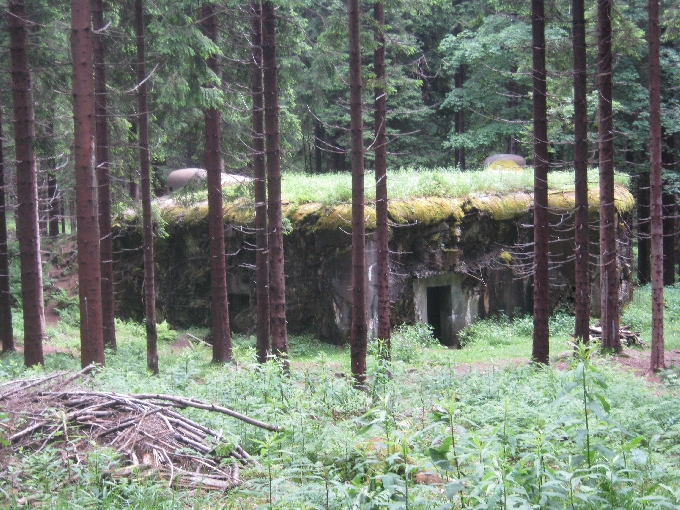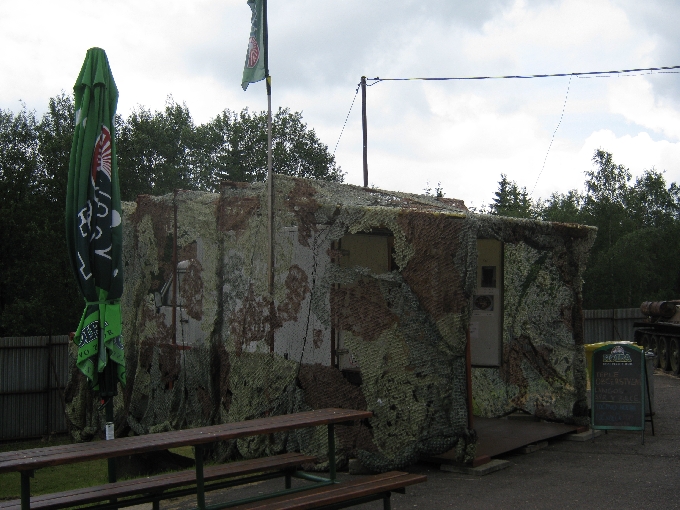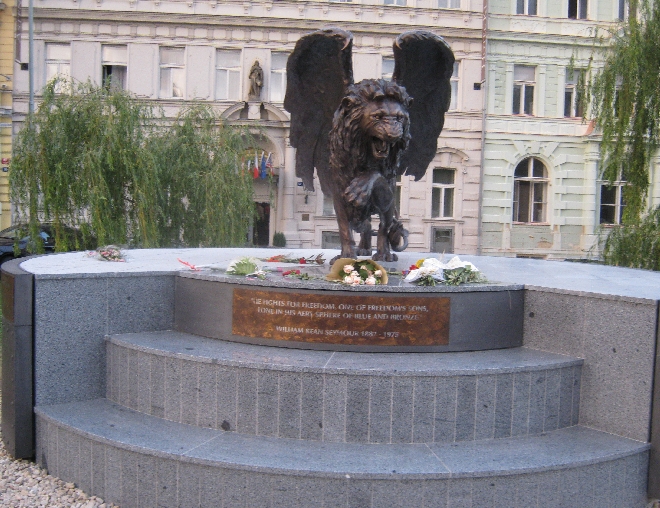
As I mentioned at the beginning of my previous post, I had a most interesting week in advance of my laptop computer lock-out problems. The highlight was attending two interrelated events on the afternoon and early evening of Tuesday 17th June.
The first event was the official unveiling of this monument, entitled ‘The Winged Lion’, by Sir Nicholas Soames MP, grandson of Sir Winston Churchill. It commemorates the nearly two and a half thousand Czechs and Slovaks who escaped from Czechoslovakia after the country was occupied by the Nazis in 1939, and served in the Royal Air Force during the Second World War.
As this BBC news article explains, the idea for the memorial came from members of the British expat community currently living and working in the Czech Republic. They in turn, successfully raised the £100,000 that the monument has cost. However, contrary to what the news report says, it wasn’t just British expats who contributed towards the cost, but also other English-speaking expats and some Czech business people too.
Unfortunately, after the communist coup of February 1948, as is briefly referred to the BBC news report, the Czechoslovak airman who returned to their native country following the defeat of Hitler, were extremely badly treated by the communist authorities, who deemed them to have fought for ‘the wrong side’. Some were imprisoned whilst others were made to undertake demeaning manual labouring jobs. Seen as heroes in the West, they were regarded as a security threat by the communists.
One part of this story which is not recounted in the BBC report is that, just as many young British women met and married American servicemen who were ‘overpaid, oversexed and over here’, and became ‘GI brides’, so also, quite a number of young British women married these Czechoslovak airmen. They came to live with their husbands in Czechoslovakia in 1945-6 and then were treated just as badly by the communist authorities because of the men they were married to. If their husbands were imprisoned, then they were left to fend for themselves, often in small rural towns and villages and with little fluency in Czech or Slovak.
I first heard the story of these remarkable women from Linda Duffield, who was the British Ambassador when I first came here in September 2008. She told me that each year just before Christmas, she held a tea party at the embassy for these Czechoslovak airmen’s wives and widows, but that each year, there were inevitably fewer and fewer of them attending.

Since the Velvet Revolution of 1989, the brave Czechoslovak airmen who served in the RAF, have had their, rank, medals, pensions etc restored to them and they are now rightly regarded as national heroes. But as the BBC article states, only nine survivors were able to be present at the unveiling of this monument that celebrates what they and their colleagues did in the service of freedom.

Following the unveiling ceremony, I went on to attend a Garden Party at the British Embassy, celebrating the official birthday of Her Majesty Queen Elizabeth the Second, a regular annual event about which I’ve previously written on this blog. This year, having been greeted by the current British Ambassador Jan Thompson, the guests were invited to walk down to the terrace where we then had a splendid view of the flypast by a WW2 Spitfire which is referred to in the BBC report.
After the flypast and the playing of ‘Where is my home?’ and ‘God save the Queen’, there was speech of welcome in both Czech and English by the ambassador, followed by a speech in English, by President Zeman, in which he praised Sir Winston Churchill and at the end, proposed a toast to Her Majesty the Queen on the occasion of her 88th birthday. In case any reader is wondering about the Czech National Anthem, the Czechs do know where their home is – the title is a rhetorical question.
After the formal part of the evening, we then all returned to the embassy garden for drinks and refreshments which were, as in previous years, an interesting eclectic mix of things British and Czech. As usual, I both reconnected with people who I already know, be they embassy staff, fellow Brits or Czech business people. I also got to meet in person for the first time, Marie Knezová, who I previously only knew online. She asked me to pose with her for this delightful photograph, taken for us by her sister Jana who is the Vice Consul at the Embassy.

In her description of this photograph on Facebook, Marie describes me as her ‘favourite pastor and blogger – charismatic Ricky Yates’. Now that’s a reputation to live up to 🙂


